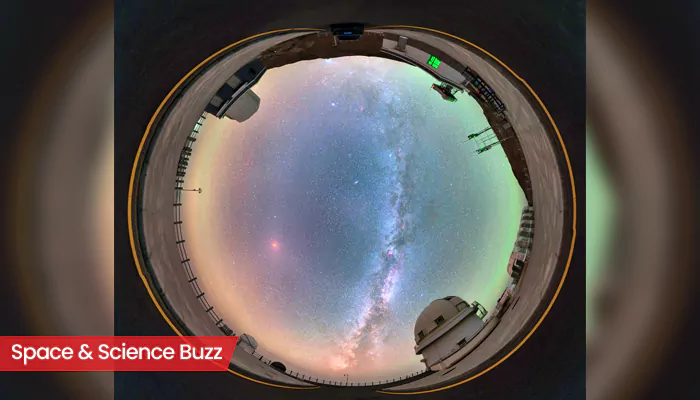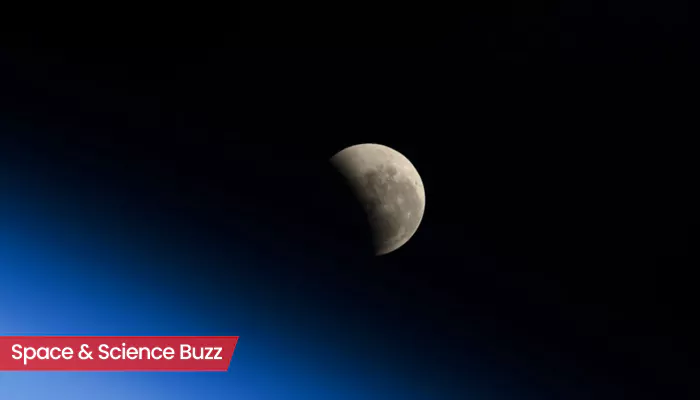Asteroid's Fast Approach
The core of the announcement is that a 100-foot asteroid, designated 2025 QV9, is rapidly moving towards Earth. What makes this notable is its velocity,
exceeding 10,000 mph. This speed translates to a significant rate of travel through space, raising concerns about the potential for a close encounter. The date to keep in mind is September 10, the day when the asteroid is predicted to get nearest to Earth. Such cosmic events are monitored closely, and the speed of 2025 QV9 is a key factor. Scientists are carefully calculating its path to assess how it may affect our planet.
Assessing Potential Risks
Given the size and speed of the asteroid, there's a crucial need to examine the associated risks. Experts are continuously assessing the likelihood of an impact event. The asteroid's size of 100 feet means that its impact could potentially cause damage, depending on where it strikes and its composition. Understanding the asteroid's trajectory, as well as how it might be influenced by the gravitational pull of Earth, is central to the ongoing evaluation. Scientists employ various methods to track the object's movement. Their models, including radar and optical telescopes, are key for making accurate predictions. The information gathered assists in providing a clear picture of the possible threats.
NASA's Monitoring Efforts
NASA has a complex system in place to monitor and evaluate near-Earth objects, including asteroids like 2025 QV9. This involves observatories located across the globe that are constantly scanning the skies. They use sophisticated technology to identify, track, and predict the trajectories of asteroids. NASA also partners with several organizations around the world to share information and coordinate monitoring efforts. One of the main goals is to identify any potential impact risks, allowing for advance preparation. The data collected by these observatories are analyzed meticulously. They also contribute to a more comprehensive understanding of the solar system and the threats it may pose.
Public Awareness and Action
The role of public awareness is very important, as is the provision of up-to-date information about space events like this. By releasing such data, NASA aims to provide accurate and timely updates about asteroids and any potential threats. If an asteroid poses a considerable danger, the public will need to be kept informed. It is also important to be aware of the steps that are being taken to analyze the situation. NASA’s announcements should be received as informative data meant to clarify the circumstances. While the news may cause anxiety, it also acts as an opportunity to learn about the efforts that are being made to safeguard the planet.













